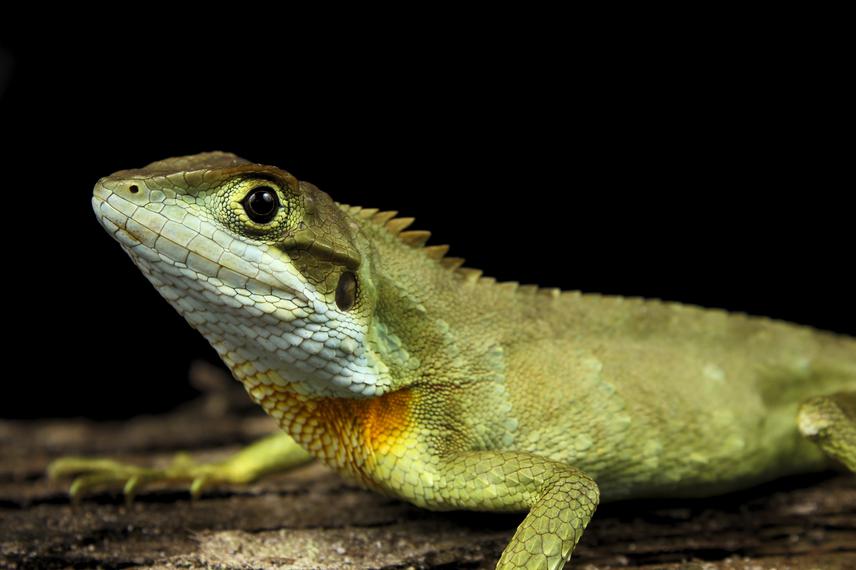Gaurang Gowande
I plan to carry out stratified sampling for lizards of the family Agamidae, with the intention of describing the cryptic species and to identify and understand the patterns of distribution of the species belonging to this family. Tail/toe clips will be collected towards phylogenetic analysis, which will help us highlight the cryptic species within the family Agamidae and in understanding the species boundaries, whereas, morphological data collected on field and from specimens will be used for systematic purposes. The outcomes of this project will be of importance while assessing the threats for these species, and in planning their conservation. Awareness about the agamid diversity will be created through the use of posters.

Japalura austeniana.
Species with broad distribution ranges are often composed of multiple lineages. Each of these lineages may represent an undescribed species and could be comparatively much narrowly distributed. In order to highlight and describe such cryptic species, it is necessary to assemble and integrate morphological, molecular as well as ecological data. However, most of these lineages cannot be readily distinguished, given their cryptic nature; hence these lineages often stay hidden under the readily available name, such as Calotes versicolor. Nonetheless, it is important to document and describe this diversity, since many of these lineages may require conservation attention.
This is true of the Indian agamid genera, such as Calotes. We plan to carry out stratified sampling with the objective of capturing as much diversity of agamids. Species identification/description will be achieved using morphological as well as molecular data. Specimens, tissue samples and ecological data will be collected from pre-identified localities. Morphological data will be obtained from the collected specimens (or whenever possible, on field using live individuals), whereas the tissues will be used in phylogenetic reconstructions. This will enable us to identify and describe the cryptic species and to identify the species boundaries within Indian agamids.
I also wish to understand the spatial distributions of the species of the family Agamidae. This effort is vital, since proper conservation of these species can be carried out only if the distributions are known. With the availability of reliable distribution data, threat status of the Indian agamid species can be assessed more effectively.
As an outcome of this project, posters on the Indian agamid diversity and its distribution will be prepared and distributed to school and college students. This would help create awareness about this taxon amongst these students, which almost always neglected. Besides, the distribution maps will be shared with the forest department and to NGOs such that the threat status of the agamid species reaches to the policy makers.
Header: Calotes vultuosus.